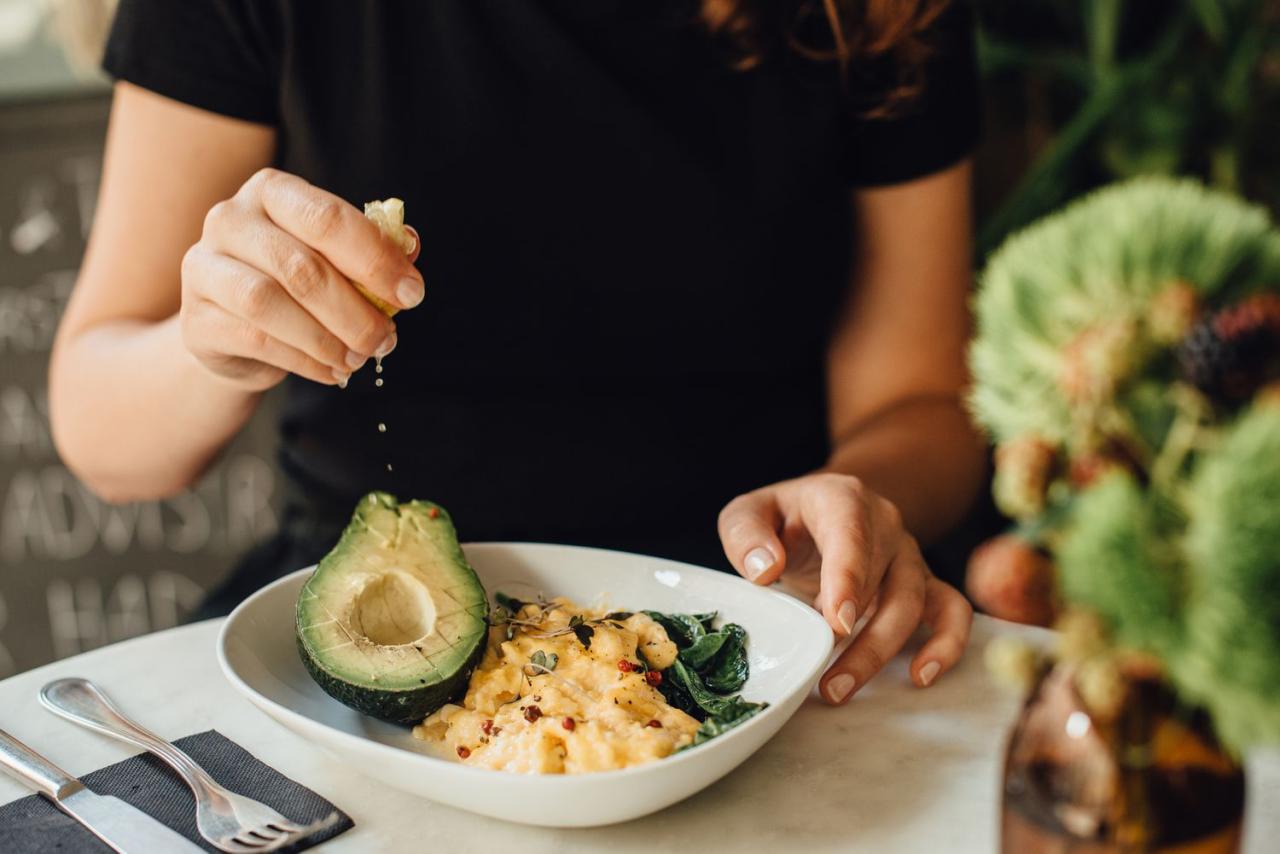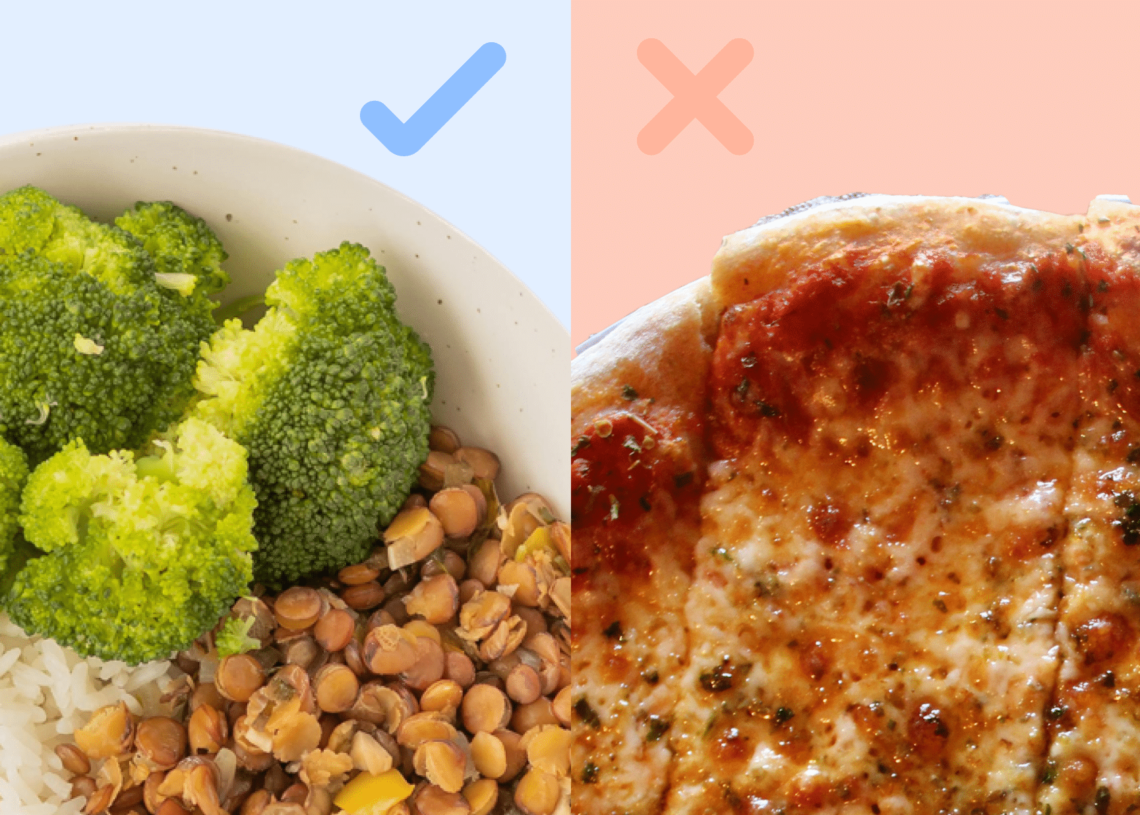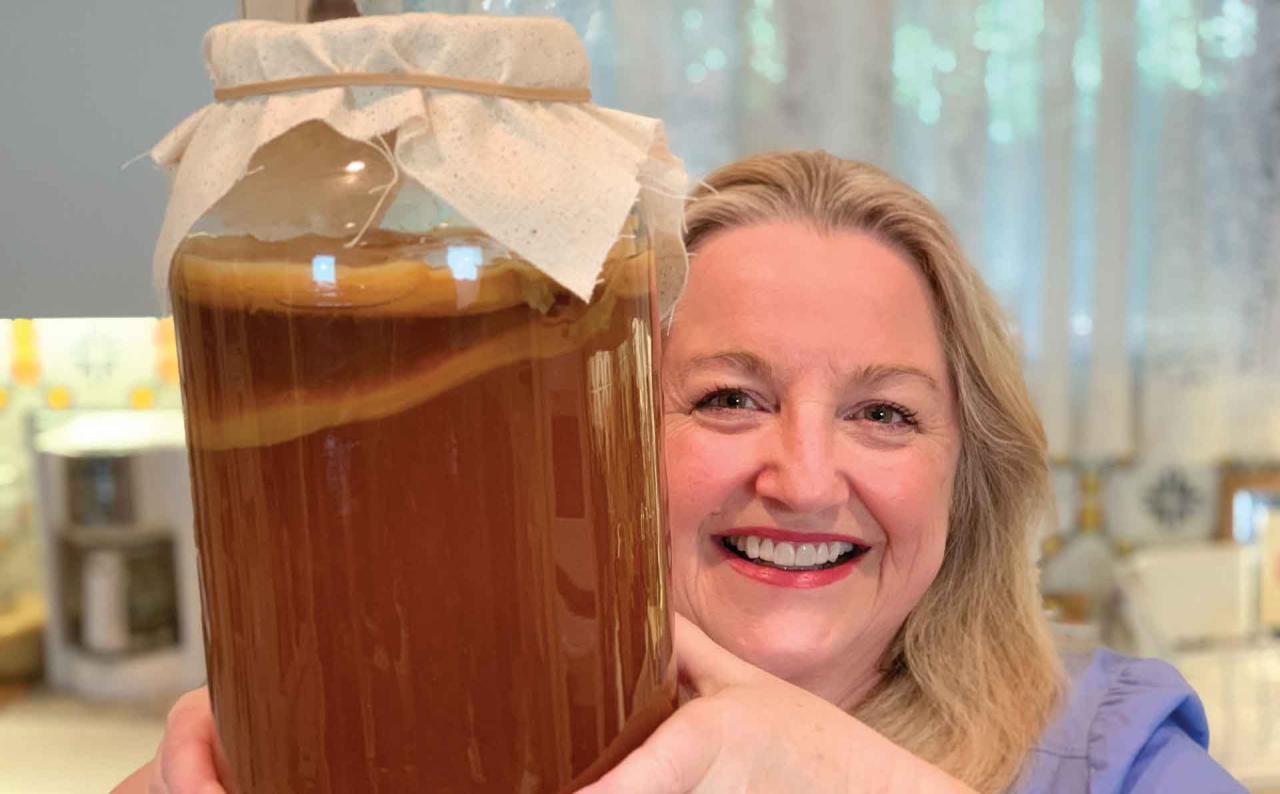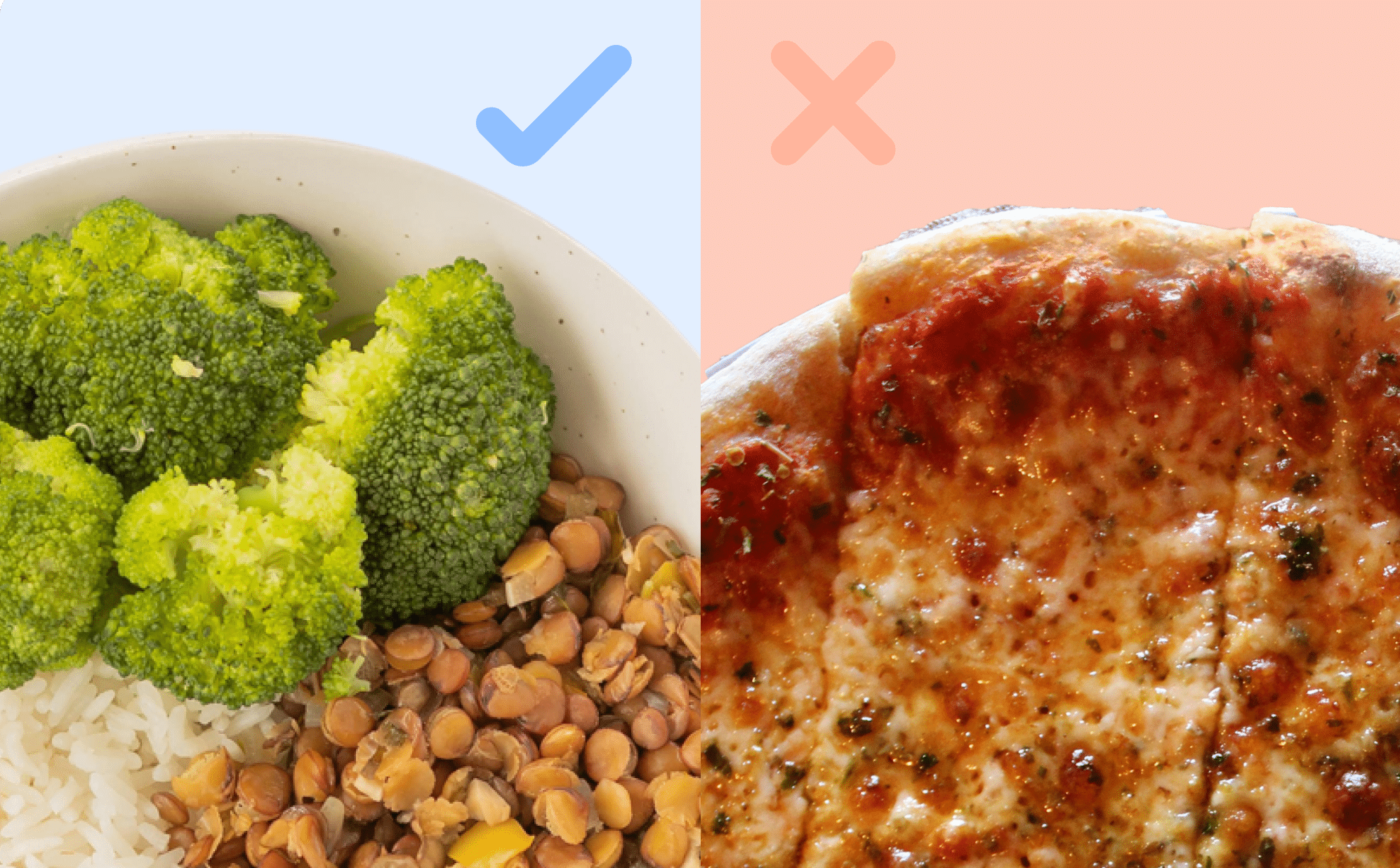
In 2025, the phrase “you are what you eat” has never been more accurate. With chronic inflammation still linked to everything from heart disease to brain fog and autoimmune diseases, anti-inflammatory eating is no longer a trend—it’s an essential strategy for long-term wellness.
But among all the competing food claims, it’s worth focusing on science-based, nutrition-rich foods that actually fight inflammation at the cellular level. Whether you’d like to fend off disease, support recovery, or simply feel your best, these foods earn a permanent spot in your daily diet.
Let’s move on to the top anti-inflammatory superfoods recommended by nutritionists and scientists in 2025.
Why Inflammation Matters More Than Ever
Inflammation is a healthy immune reaction—your body’s method of defending itself against injury or infection. But when it is chronic and low-grade, it can quietly wreak havoc on tissues and organs over time, leading to:
- Heart disease
- Type 2 diabetes
- Obesity
- Depression
- Alzheimer’s
- Arthritis and joint pain
But the good news is that the foods you eat can either feed inflammation or combat it. And the best news of all—is that tasty options are plentiful.
Top Anti-Inflammatory Foods to Include in 2025
1. Leafy Greens (Kale, Spinach, Arugula)
These fiber-rich greens have vitamins A, C, K, and polyphenols that lower inflammatory markers in the blood. They are also rich in magnesium, a critical mineral most people don’t get enough of.
Tip: Add them to smoothies, salads, or quickly sauté with olive oil for extra nutrients.
2. Berries (Blueberries, Raspberries, Blackberries)
Berries contain high-strength anthocyanins, powerful antioxidants that have been shown to decrease inflammation and improve brain and cardiovascular health. Berrries also, according to newer research, induce healthy gut microbiome, further enhancing their anti-inflammatory effect.
In 2025: Freeze-dried and berry powder options make it easier than ever to experience these year-round.
3. Fatty Fish (Salmon, Sardines, Mackerel)
Rich in omega-3 fatty acids (EPA and DHA), fatty fish reduce cytokines—virulent culprits of chronic inflammation. Omega-3s are also essential for brain and heart health.
Tip: Enjoy 2–3 portions a week, or take high-quality fish oil supplements as required.
4. Turmeric with Black Pepper
Curcumin, turmeric’s active ingredient, has been studied intensively for its antioxidant and anti-inflammatory properties. Adding it with black pepper enhances absorption by up to 2,000%.
Try it in: Golden milk, curries, or sprinkle on roasted vegetables.
5. Extra Virgin Olive Oil
Olive oil is rich in oleocanthal, a molecule that has anti-inflammatory effects similar to ibuprofen. It also enhances heart health and reduces C-reactive protein (CRP), the standard inflammatory marker.
Add it each day: As a dressing, dip, or cooking base (low to medium heat only).

6. Avocados
High in monounsaturated fats, fiber, and phytochemicals, avocados reduce oxidative stress and inflammation and aid in blood sugar control and skin health.
Pro tip: Spread on toast, add to smoothies, or enrich nourish bowls.
7. Nuts & Seeds (Walnuts, Flaxseeds, Chia)
These fiber-rich, nutrient-dense snacks are full of alpha-linolenic acid (ALA) and antioxidants. They also contain magnesium and plant protein, both of which are important for reducing inflammation.
A handful or two a day will work miracles to help your anti-inflammatory campaign.
8. Green Tea
Green tea is full of EGCG (epigallocatechin gallate), a potent anti-inflammatory drink. It suppresses inflammatory gene expression and helps with metabolism.
Swap your coffee with a sencha or matcha cup for an anti-inflammatory revving boost.
9. Cruciferous Vegetables (Broccoli, Cauliflower, Brussels Sprouts)
These contain high levels of sulforaphane, an anti-inflammatory substance that targets inflammatory pathways. They detoxify the liver and keep hormones in balance.
Steam or roast them in order to access as much nutrition as possible without sacrificing taste.
10. Dark Chocolate (70% or Higher)
Yes, you can fight inflammation and indulge! Dark chocolate is rich in flavanols and has been shown to decrease inflammatory markers and preserve vascular function.
Moderation: 1–2 pieces of low-sugar, organic dark chocolate per day is ideal.
What to Avoid: Trigger Foods to Limit
To actually lower inflammation, it’s just as crucial to restrict trigger foods, such as:
- Ultra-processed snacks and fast food
- Refined sugar and sugary beverages
- Trans fats and hydrogenated oils
- Too much alcohol and red meat (especially processed meat)
- Refined carbohydrates (white bread, pastries, etc.)
An easy trick: if it comes with a lengthy list of ingredients you can’t pronounce, it likely feeds inflammation—not your well-being.
Last Thoughts: Eat to Heal, Not Just to Feel Full
In 2025, it’s clearer than ever before that food and inflammation are connected. By making small, daily shifts in your food plan—more plants, whole foods, and healthy fats—you can dramatically reduce your risk of chronic disease and feel better every day.
So instead of chasing the next diet trend, start here with this timeless truth:
Food is medicine. Eating to fight inflammation is eating to flourish.
















